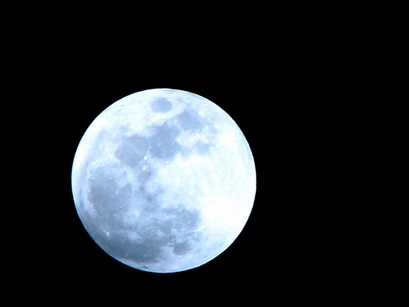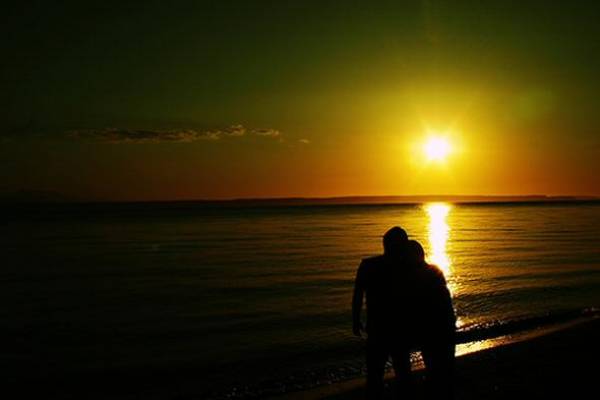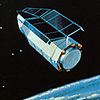Don't Worry - The Sun Will Only Vaporize Earth If We Don't Change Our Orbit
Submitted by
News Account on 22 February 2008 - 8:28am.
AstronomyUniversity of Sussex astronomers predict that the Earth will be swallowed up by the Sun unless the Earth’s orbit can be altered - but we have about 7.6 billion years to do it.
Dr Robert Smith, Emeritus Reader in Astronomy, said his team previously calculated that the Earth would escape ultimate destruction, although be battered and burnt to a cinder, but they did not take into account the effect of the drag caused by the outer atmosphere of the dying Sun.
He says: "We showed previously that, as the Sun expanded, it would lose mass in the form of a strong wind, much more powerful than the current solar wind. This would reduce the gravitational pull of the Sun on the Earth, allowing the Earth's orbit to move outwards, ahead of the expanding Sun.
“If that were the only effect the Earth would indeed escape final destruction. However, the tenuous outer atmosphere of the Sun extends a long way beyond its visible surface, and it turns out the Earth would actually be orbiting within these very low density outer layers. The drag caused by this low-density gas is enough to cause the Earth to drift inwards, and finally to be captured and vaporised by the Sun.”
The new paper was written in collaboration with Dr Klaus-Peter Schroeder, previously at Sussex, who is now in the Astronomy Department of the University of Guanajuato in Mexico.
Life on Earth will have disappeared long before 7.6 billion years, however. Scientists have shown that the Sun's slow expansion will cause the temperature at the surface of the Earth to rise. Oceans will evaporate, and the atmosphere will become laden with water vapour, which (like carbon dioxide) is a very effective greenhouse gas. Eventually, the oceans will boil dry and the water vapour will escape into space. In a billion years from now the Earth will be a very hot, dry and uninhabitable ball.
Can anything be done to prevent this fate? Professor Smith points to a remarkable scheme proposed by a team at Santa Cruz University, who suggest harnessing the gravitational effects of a close passage by a large asteroid to "nudge" the Earth's orbit gradually outwards away from the encroaching Sun. A suitable passage every 6000 years or so would be enough to keep the Earth out of trouble and allow life to survive for at least 5 billion years, and possibly even to survive the Sun's red giant phase.
“This sounds like science fiction,” says Professor Smith. “But it seems that the energy requirements are just about possible and the technology could be developed over the next few centuries.” However, it is a high-risk strategy - a slight miscalculation, and the asteroid could actually hit the Earth, with catastrophic consequences. “A safer solution may be to build a fleet of interplanetary 'life rafts' that could manoeuvre themselves always out of reach of the Sun, but close enough to use its energy,” he adds.
‘Distant Future of the Sun and Earth Revisted, Klaus-Peter Schroeder, Robert Smith, Astrophysics http://uk.arxiv.org/abs/0801.4031
"Astronomical engineering: a strategy for modifying planetary orbits". D G Korycansky of the University of California at Santa Cruz, with colleagues Greg Laughlin and Fred Adams: (Astrophysics & Space Science, 275, 349-366, 2001)
 How did Venus get to be one of the driest, hottest, and most mysterious planets? Astronomers now think they have a plausible explanation that stems from the planets beginning formation. The mysterious properties of our neighboring planet, are believed to have resulted, in part, from two huge, protoplanetary bodies which collided head-on and merged to form our planetary neighbor, but obliterated nearly all water in the process. Leaving the planet hot, and bone dry.
How did Venus get to be one of the driest, hottest, and most mysterious planets? Astronomers now think they have a plausible explanation that stems from the planets beginning formation. The mysterious properties of our neighboring planet, are believed to have resulted, in part, from two huge, protoplanetary bodies which collided head-on and merged to form our planetary neighbor, but obliterated nearly all water in the process. Leaving the planet hot, and bone dry.






















